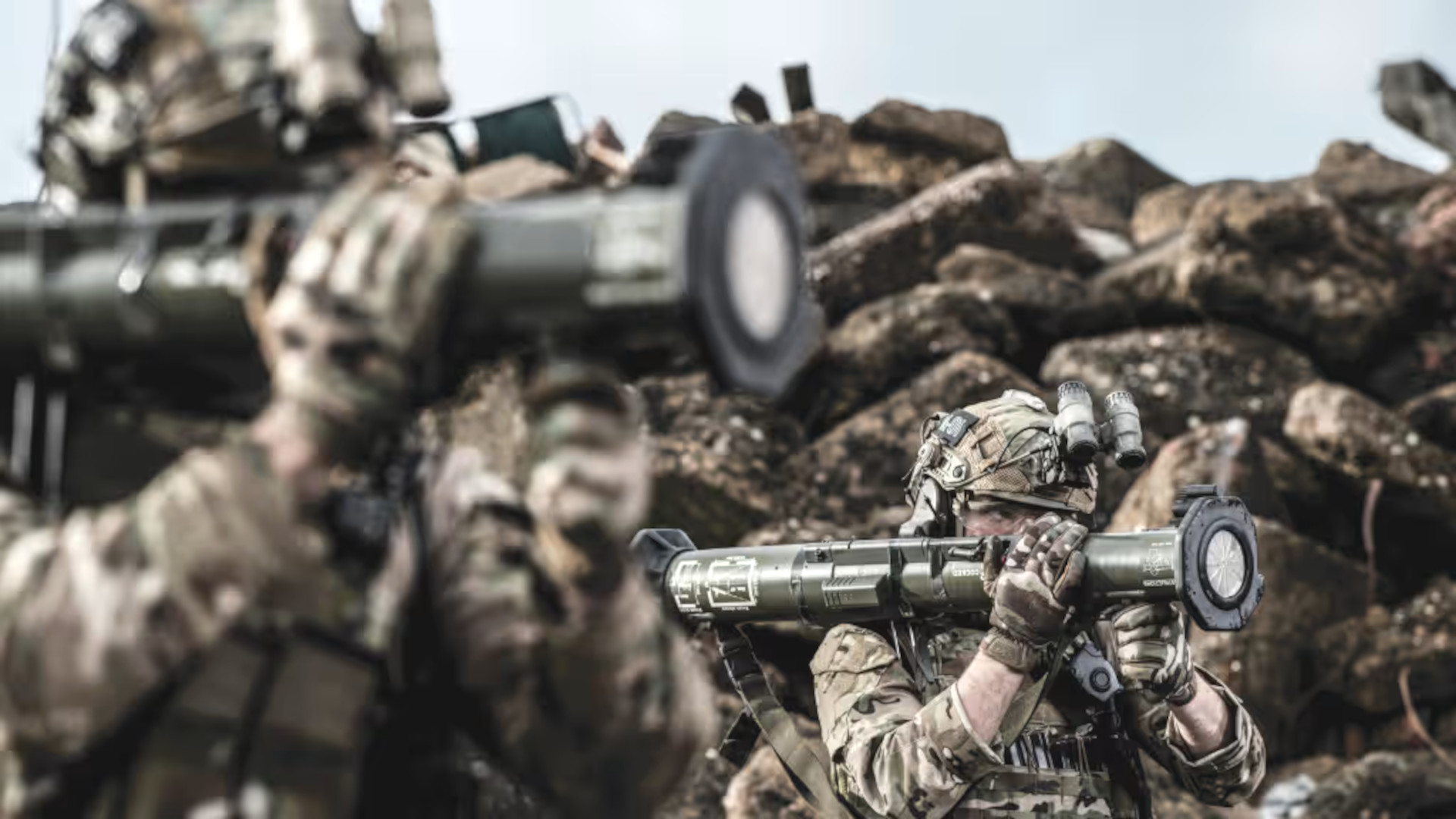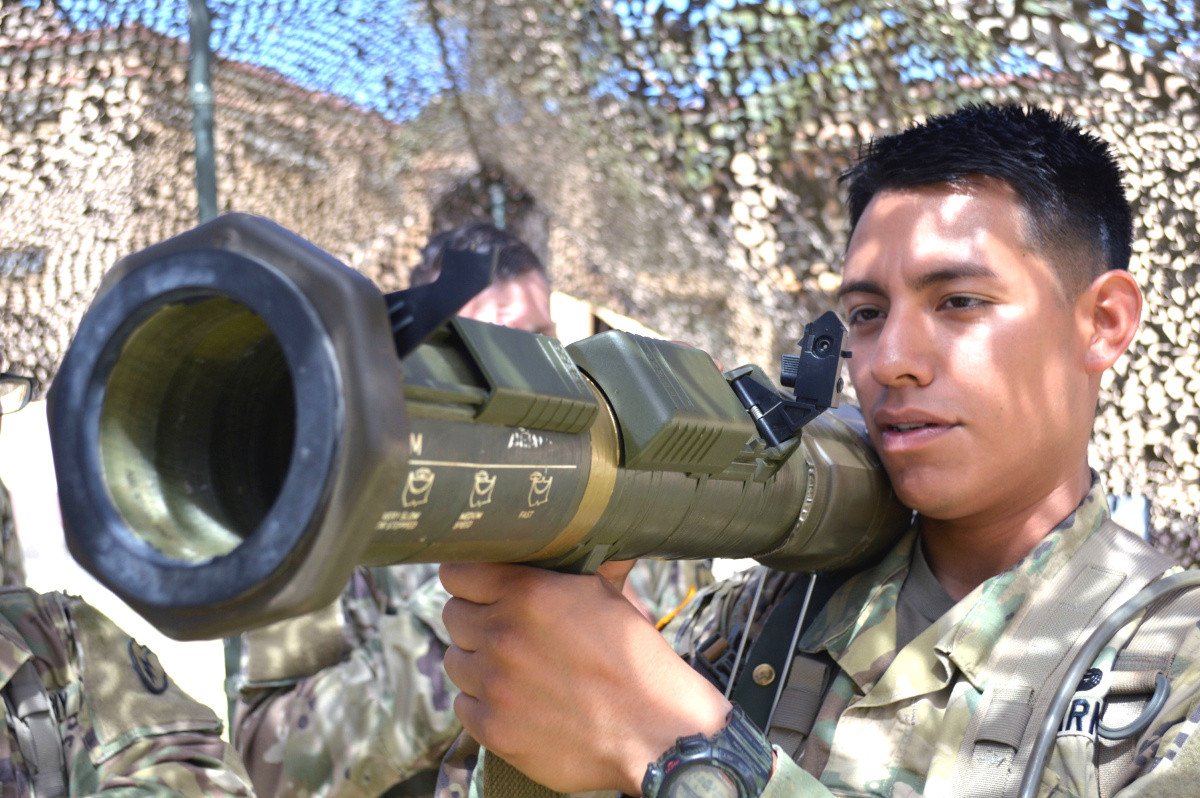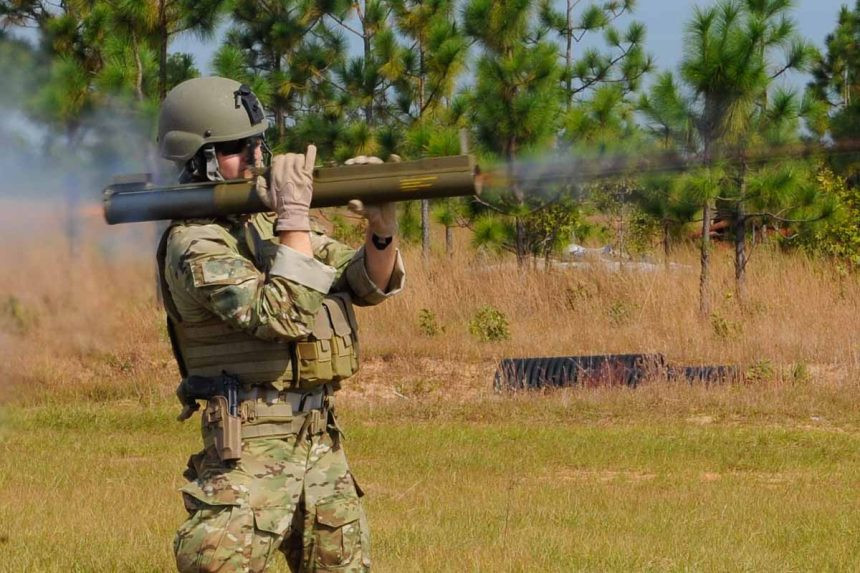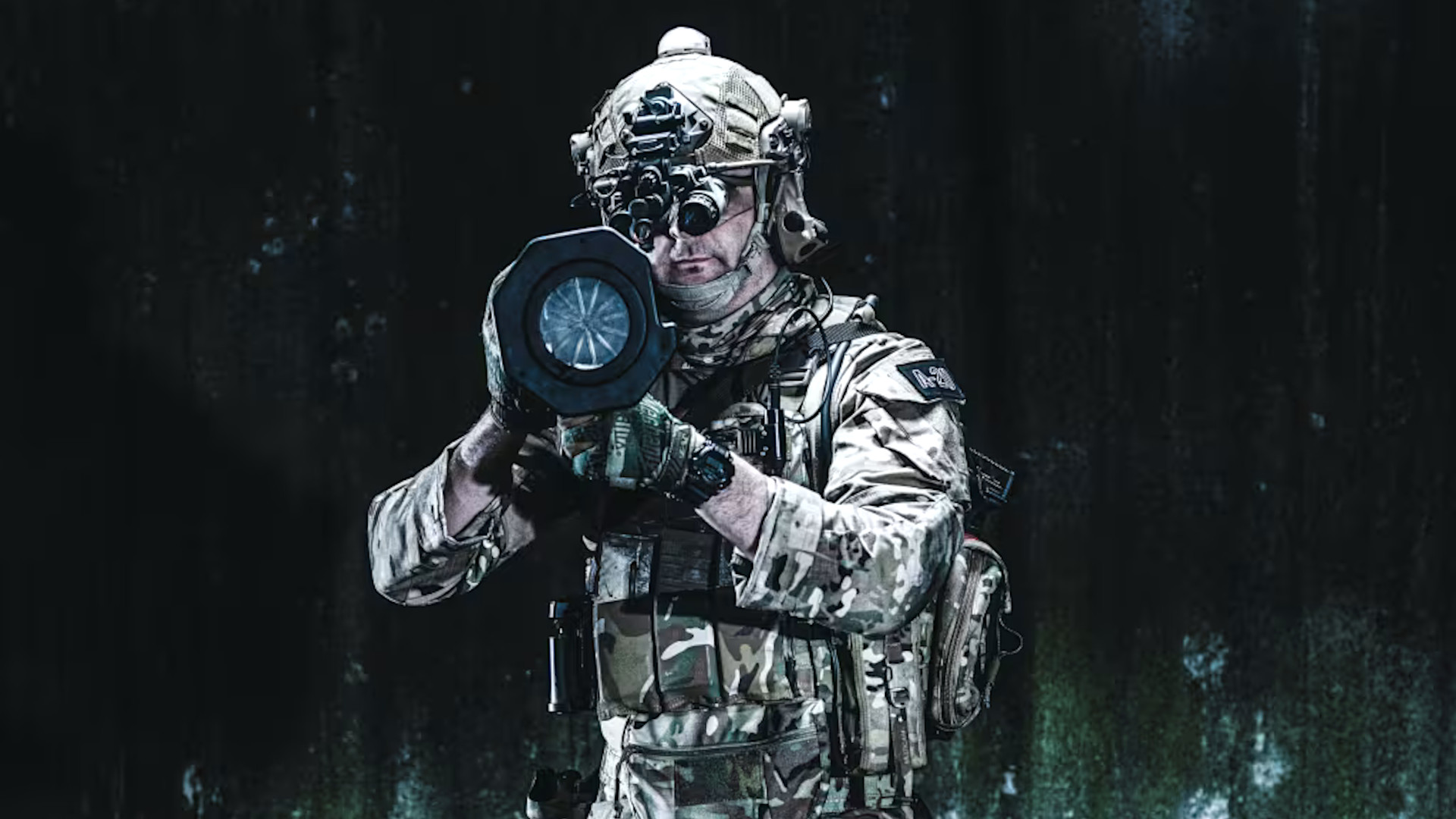A new U.S. Army contract award points to Saab having won the service’s Individual Assault Munition (IAM) competition. The Army plans to replace its existing mix of M72, M136, and M141 shoulder-fired anti-armor weapons with new IAMs, also already referred to as XM919s.
The Pentagon’s daily contracting announcement today includes a firm-fixed-price award valued at $494,350,000 to Saab Inc. for an unspecified number of XM919s. The notice adds that “bids were solicited via the internet with three received.” This is in line with reports that General Dynamics Ordnance and Tactical Systems (GD-OTS; in cooperation with Germany’s Dynamit Nobel) and Nammo, headquartered in Norway, had also been competing for this deal.

The War Zone has reached out to the Army and Saab for more information about this new contract award, which is estimated to cover deliveries through at least 2029. The Army has said in the past that it hopes to begin fielding XM919s in 2025.
Saab already makes the M136 series, also known as the AT4 family, one of the weapons the IAM is set to replace. The company’s IAM submission is an evolution of that design that is itself an outgrowth of the famed 84mm Carl Gustaf recoilless rifle, which you can read more about here. Whereas the Carl Gustaf can be reloaded and reused, AT4 variants are single-shot weapons that come preloaded with a single 84mm round. The launch tube is designed to be discarded after firing.

Since the 1980s, the US Army has already acquired multiple variants of the AT4, including so-called “confined space” (CS) versions specially designed to be fired safely from within buildings. Many shoulder-fired anti-armor weapons cannot be employed safely by personnel indoors or within other kinds of concealment due to their back-blast, forcing them to expose themselves to greater risk to get off a shot.

The AT4CS TW variant Saab put forward for the IAM competition further contains a tandem warhead round. Projectiles like this are primarily designed to defeat armored vehicles, especially ones with add-on protection such as explosive reactive armor (ERA). A two-stage warhead has a better chance of breaking through multi-layered defenses. A tandem warhead can also help the round penetrate through other reinforced targets, including the walls of buildings, and then still create lethal effects inside.
The Army’s IAM requirements had called for a single-use individual weapon weighing no more than 20 pounds and no longer than 40 inches, and capable of being fired from an enclosure out to ranges of up to 1,640 (500 meters). The XM919 also had to be effective against “light armor, earth and timber bunker[s], double reinforced concrete, adobe, [and] triple brick wall[s],” according to an official fact sheet.
This covers all of the target sets Army units currently train to engage with M136s, as well as M72s and M141s, but in a single weapon.
The M72, the first version of which entered U.S. military service in the early 1960s, is also a single-shot shoulder-fired weapon, but fires a smaller 66mm rocket. Newer variants of the M72 come preloaded with rockets with warheads designed to provide better effects against targets beyond light armored vehicles. More information about the M72 family can be found in this past War Zone piece.

The 83mm M141, also known as Bunker Defeat Munition (BDM), which arrived in the late 1990s, is a single-shot derivative of the Shoulder-Launched Multipurpose Assault Weapon (SMAW) rocket launcher in service with the U.S. Marine Corps. True to its name, the BDM is designed to be employed against battlefield fortifications and other structures, as well as light-armored vehicles and other targets. American forces notably used BDMs to collapse cave entrances in Afghanistan, as can be seen in the video below. You can read more about the M141 in detail here.

Selecting another AT4 variant to become the new XM919 would provide training and logistics benefits given that versions of the Saab design are already in Army inventory. The service has also called for a dedicated subcaliber version of the weapon, referred to as the XM922, that will fire smaller, shorter-range projectiles ballistically matched to the rounds inside the XM919s, for use on training ranges that cannot handle live-firing full-on IAMs.
AT4CS TWs in U.S. Army inventory could lead to them entering service elsewhere across the U.S. military, as happened in the past with the M136 and other shoulder-fired anti-armor weapons. It might help prompt further sales elsewhere, too, including through the U.S. foreign military sales (FMS) system, though the AT4 family is already very popular globally.
The Army’s replacement of M72s, M136s, and M141s with the new XM919 could also lead to those older weapons heading to other allies and partners abroad. Ukraine, for instance, has already received examples of all of those weapons and a slew of other shoulder-fired anti-armor launchers from the United States and other foreign benefactors since 2022.
The ongoing conflict in that country has only underscored the value and importance of man-portable weapons for engaging enemy armored vehicles and hostile forces behind hard cover, including inside buildings, as well as designs that can be readily employed in dense urban environments. Large built-up areas are expected to be the scene of major combat in future higher-end fights the U.S. military might find itself in, even one against China in the Pacific.
If Saab has indeed won the IAM competition, Army units look set to start trading in their older shoulder-fired anti-armor weapons for new XM919 versions of the AT4 next year.
UPDATE – 8/30/2024:
On August 29, the Pentagon’s daily contracting notice issued a minor correction relating to Saab’s XM919 contract, saying that it had actually been awarded on August 28, not August 27.
Saab has also now issues a press release about the award, which says that specific “order values will be established individually when an order is placed under the IDIQ [indefinite delivery/indefinite quantity] contract.”
“At Saab, we continually adapt and improve our products to meet customer needs and protect the warfighter. Our new IAM solution enhances capabilities, removes combat burdens and is uniquely created to meet the U.S. customer’s needs,” Erik Smith, President and CEO of Saab in the United States, said in a statement. “Saab has leveraged a successful, combat-proven system to make it even more effective, ultimately ensuring our solution is the best fit for the end-user.”
Contact the author: joe@twz.com
